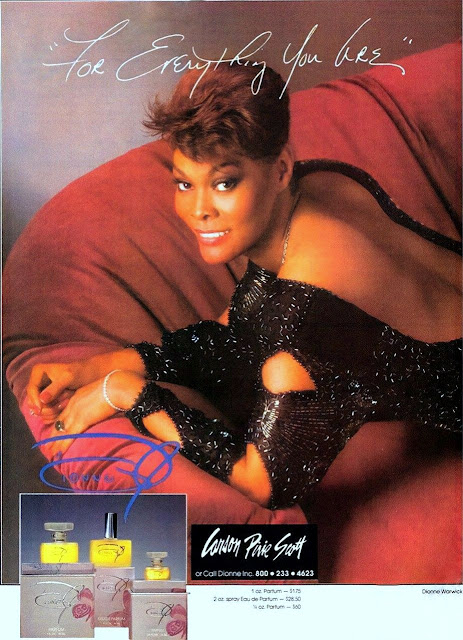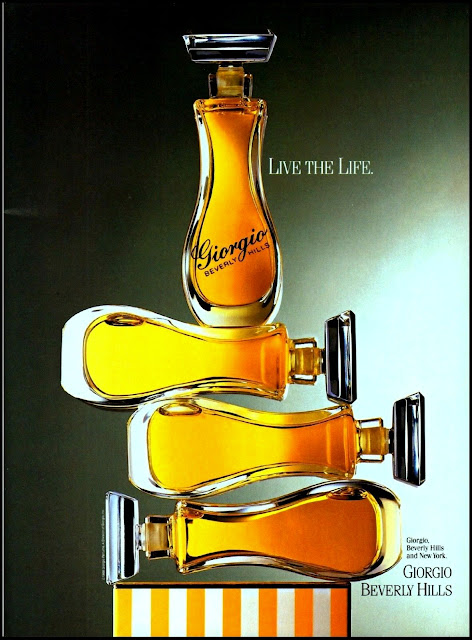I have wonderful news to all my fellow fans of Cherigan Paris, on July 17, 2023, the United States site for Cherigan will be launched! All US buyers will pay in US dollars for a US to US delivery, no customs, no hassle. Also being launched is the newest fragrance, Fiesta Habana!!
Read more about this historic brand at https://cleopatrasboudoir.blogspot.com/2015/11/cherigan.html
Fiesta Habana is inspired by Ernest Hemingway, the most French of American writers in the Paris of the Roaring Twenties, published in 1926, Fiesta - The sun also rises, a story of passion, a tribute to absolute love and the pleasure of unlimited parties between France and Europe. Spain. Soon after, he moved to his favorite house on the Florida Keys, just across from Cuba, the libertine paradise of vibrant nightlife, casinos and partying in the 1930s, where CHERIGAN was already one of the favorite perfume brands of the local jet set.
According to Cherigan, Fiesta Habana is an ode to the vibrations of the night, a free and bewitching fragrance, enveloped in a swirl of Cuban rum and sweet tobacco, enhanced by a bewitching vanilla, preceded by an illicit trail, which takes you to other heaven. It is described as "Warm, amber, illicit."
Made up of 90% natural ingredients: Pure essence rum, davana, elemi, tolu, iris, immortelle, santamanol, tobacco, Madagascar vanilla, tonka bean, patchouli, orcanox.
In case you are wondering, Orcanox is a molecule developed by the talented perfumers at Mane. Orcanox serves as an equivalent to ambroxan, which in turn, replaced ambergris after the ban on sperm whale hunting. It possesses a deep woody/amber scent with sensual musky and powdery tones. Santamanol, also created by the experts at Mane, replicates the creamy lusciousness of precious sandalwood, without having to actually utilize the endangered species.










































